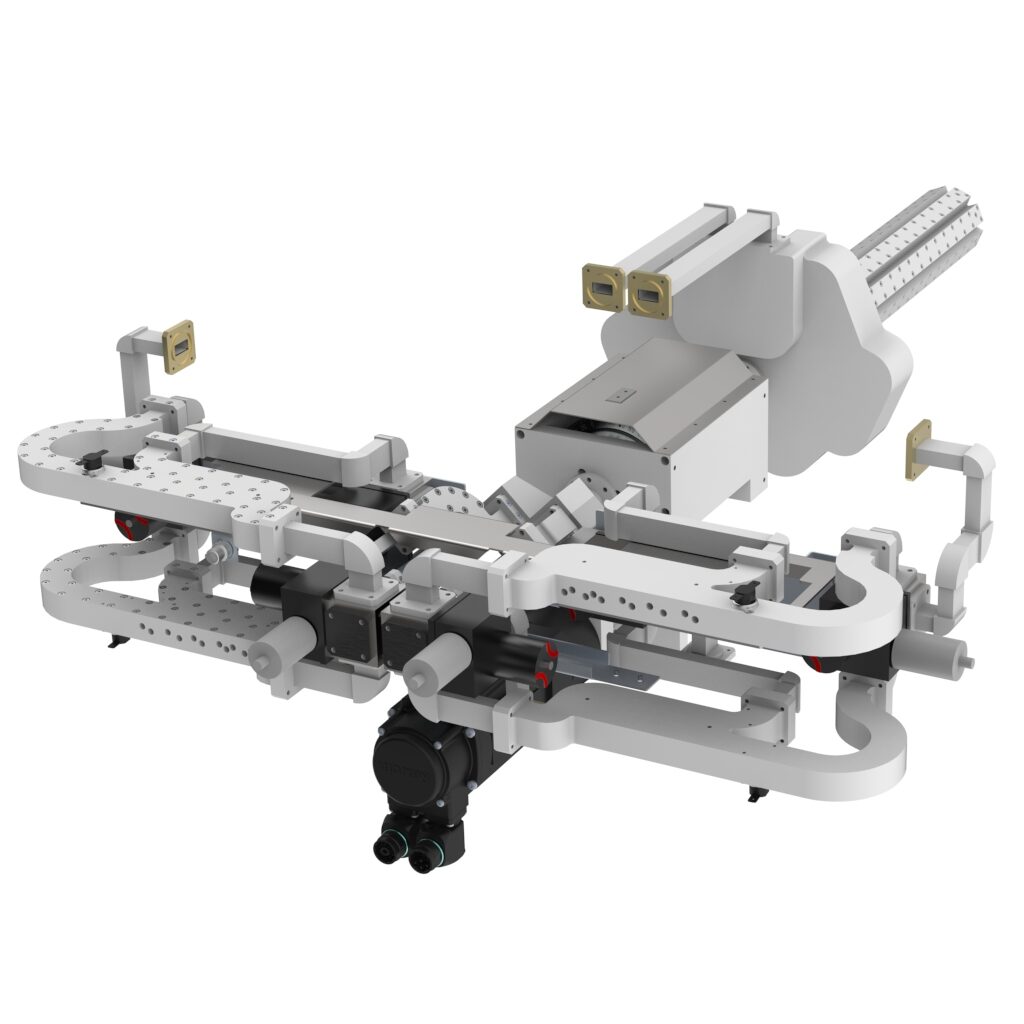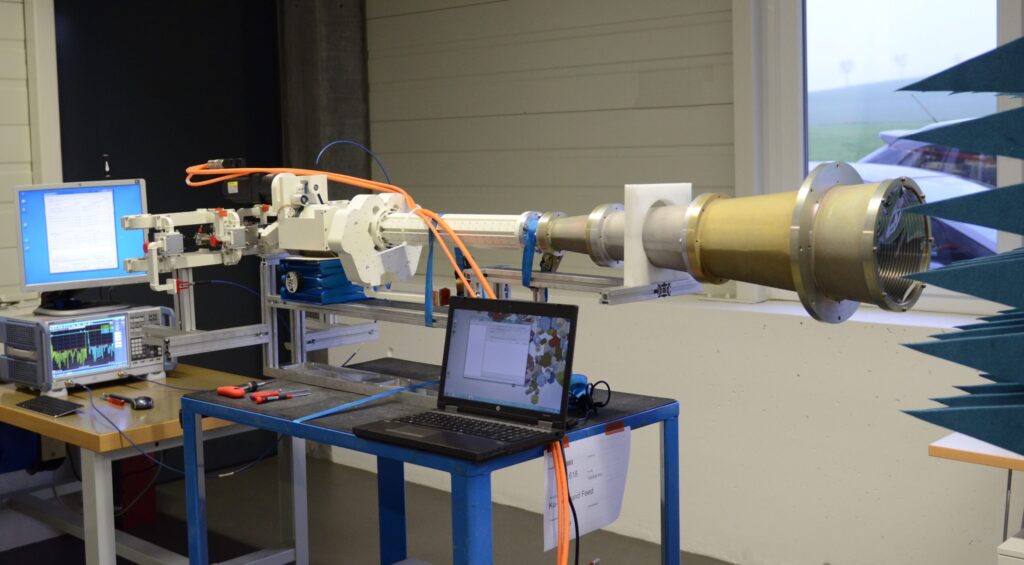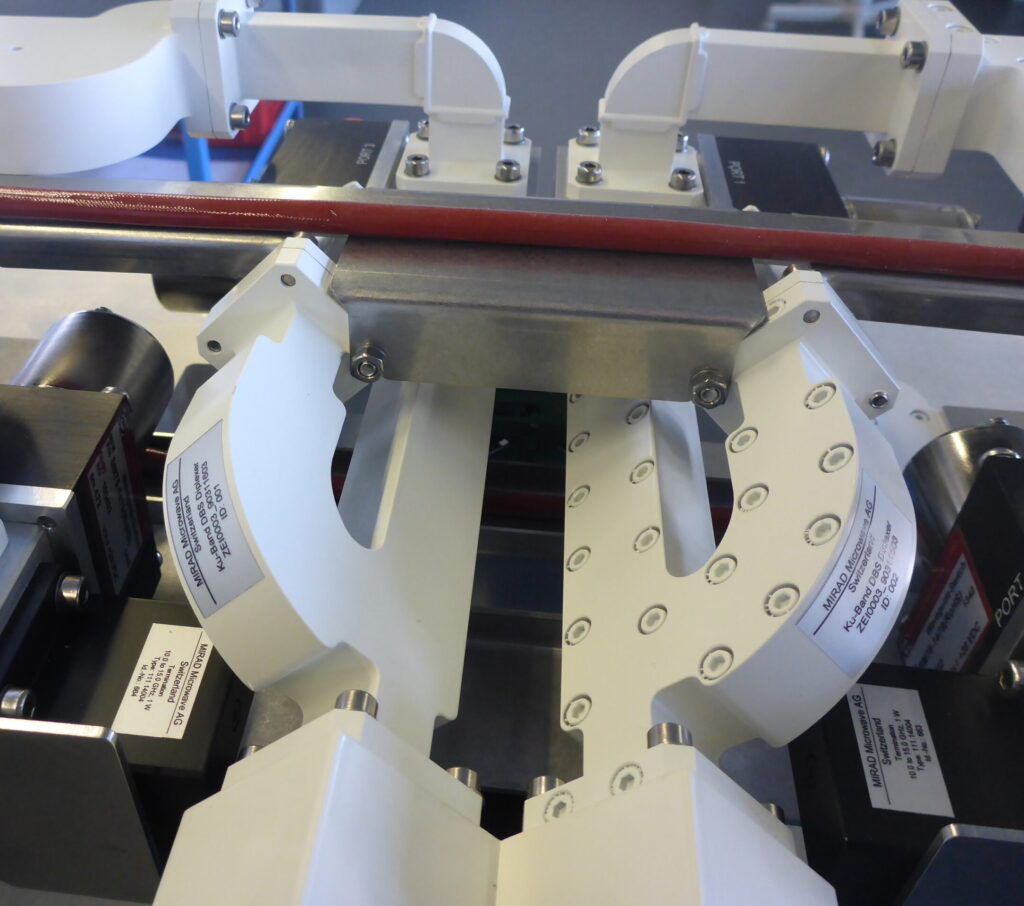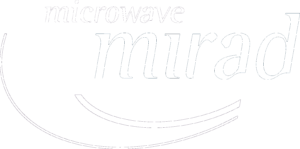In 2015, MIRAD was contracted to develop a multi-band feed system with tracking capability for a 9m antenna to be used for in-orbit testing (IOT) purposes of the Eutelsat satellite. This linearly polarized antenna provides various combinations of Ku-band frequencies along with the DBS band and therefore has two different modes of operation. The feed requires additional tracking capabilities in both modes as well as a motorized polarization unit to align the polarization of the antenna with the satellite without rotating the entire feed or feed tube. This reduces costs but also provides flexible and fast adjustment. The feed horn corresponding to the 9m antenna design has been delivered by the customer to MIRADs premises.

To provide excellent IOT measurements, the system had very stringent group delay variation requirements (parabolic, linear, and ripple). This requires special filter designs to achieve the best possible values for insertion loss and group delay. A standard MIRAD Ku-band TE21-mode tracking coupler has been integrated to provide monopulse tracking possibility. After successful testing, the system was delivered to our customer in 2016.



XKu/DBs-Feed during measurements in MIRADs facility (left), diplexing network (center) and complete feed switching network with polarizer drive (right)
Key technical challenges:
- Combination of all frequency bands
- Low insertion loss requirement
- Very strict group delay requirements
(parabolic, linear & ripple) - Motorized polarization unit
- Adequate performance on all polarizer positions
- Precision and minimum tolerance manufacturing
- Ku-band Mode 1 & 2
(Rx1: 10.70 – 12.75 GHz; Tx1: 13.75 – 14.80 GHz
(Rx2: 10.70 – 11.70 GHz; Tx2: 12.75 – 14.80 GHz) - DBS-band
(Tx: 17.30 – 18.40 GHz) - High isolations between bands
- Rx/Tx >110 dB; Rx/DBS >100 dB
- Low insertion losses
Rx <1.0 dB; TX <0.8 dB; DBS < 0.4 dB - Low group delay variation
